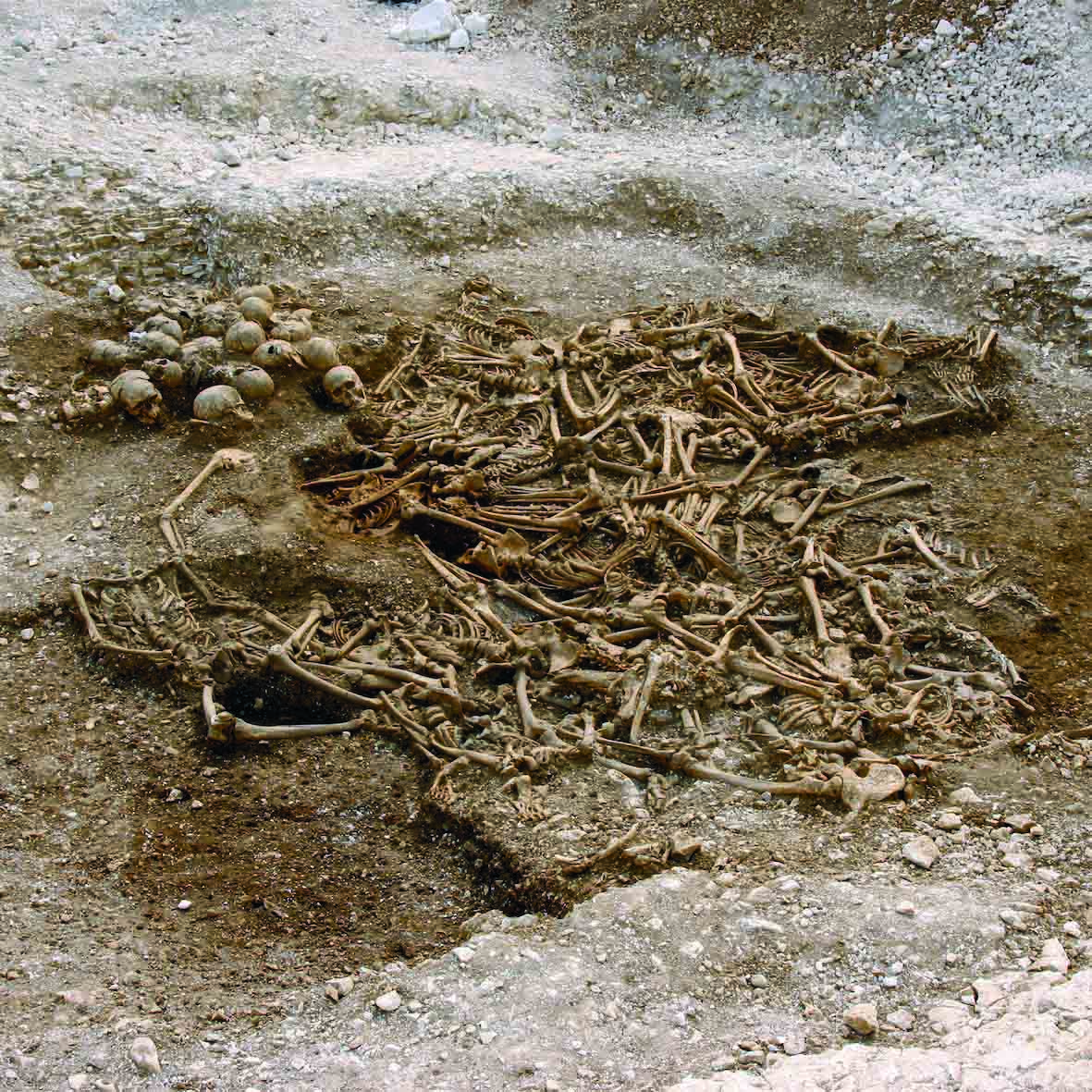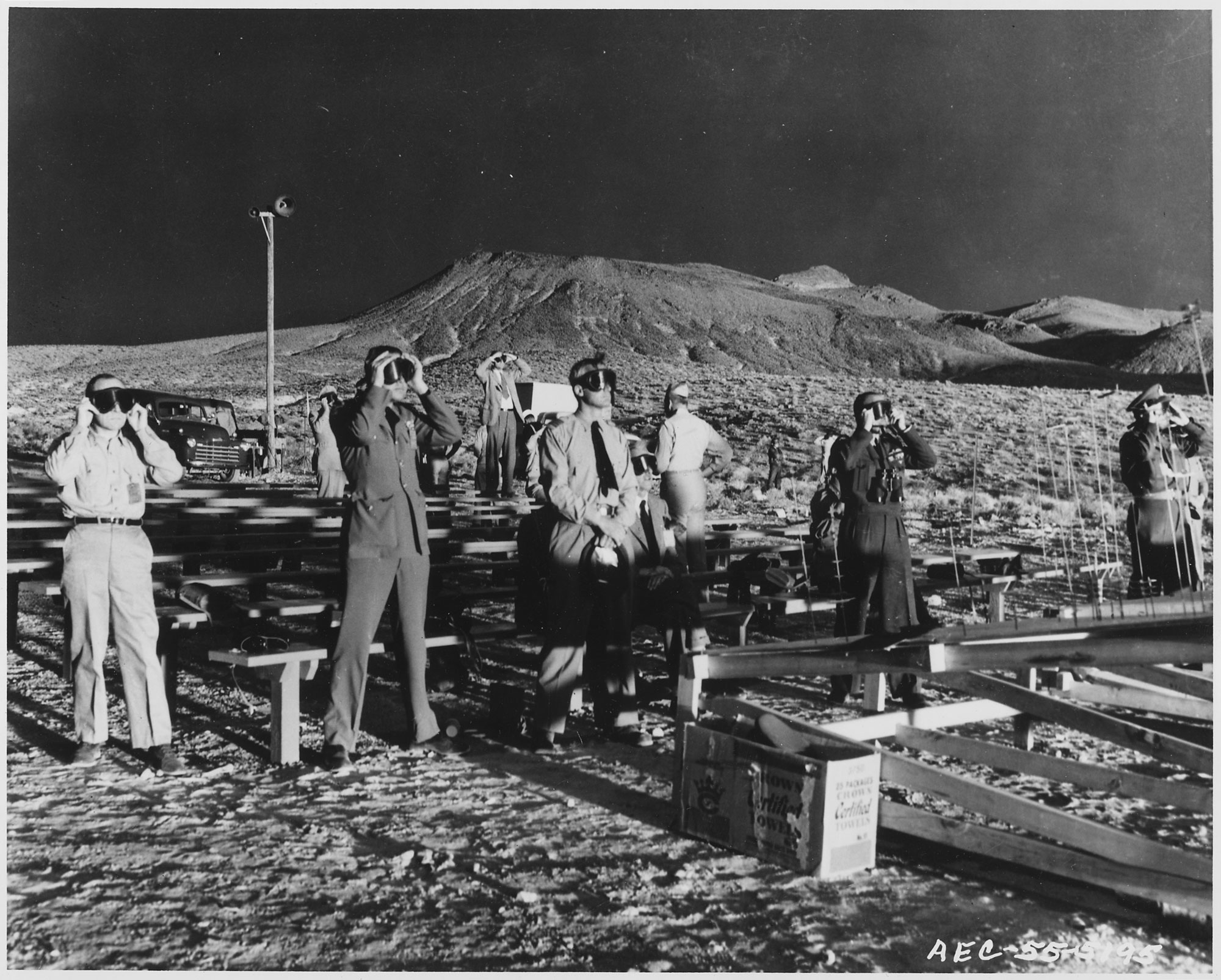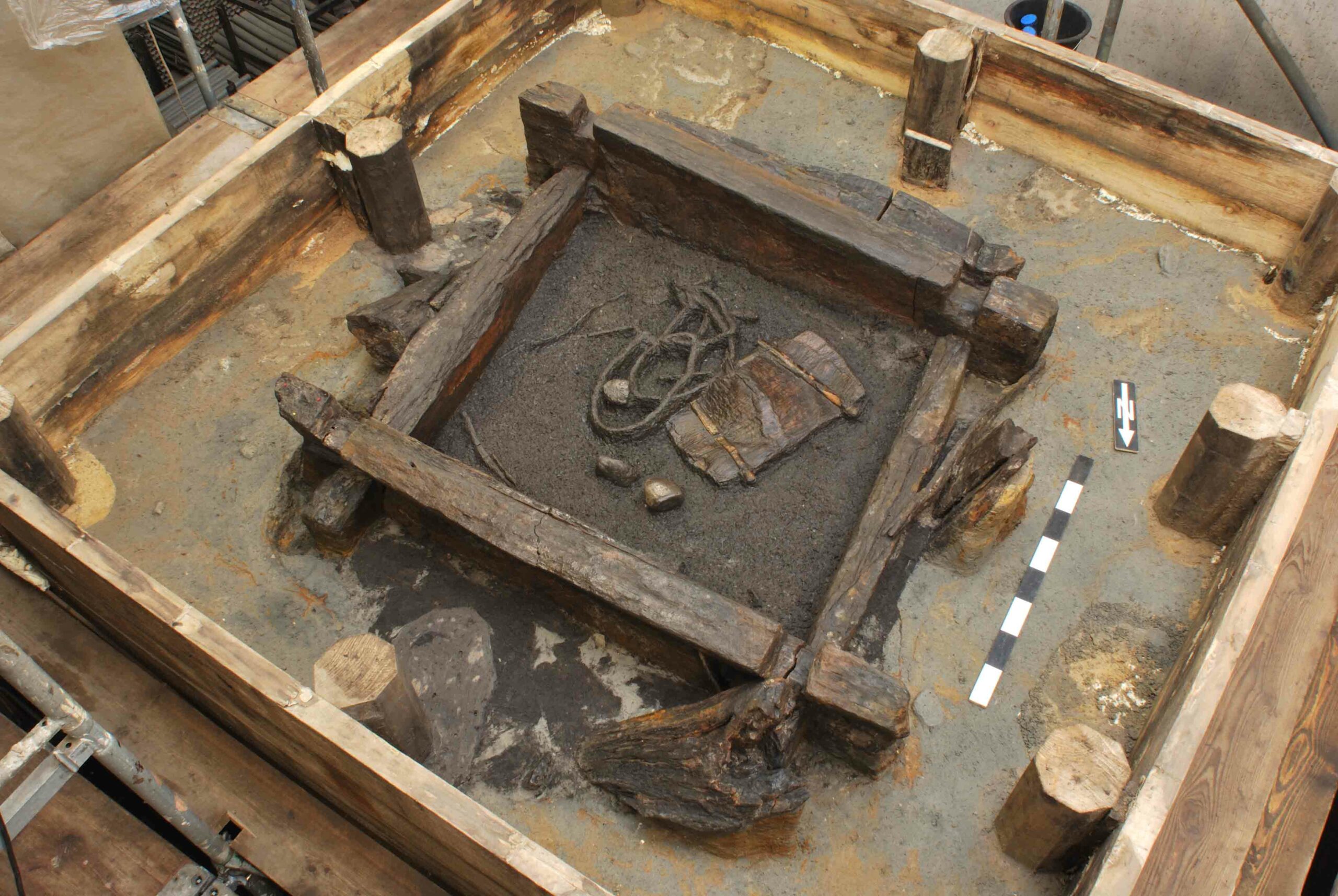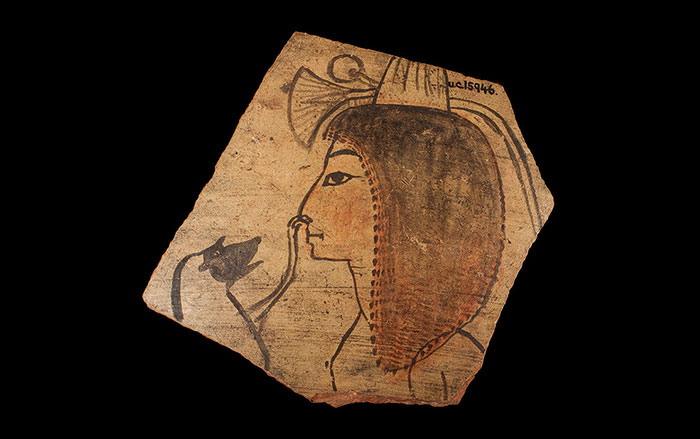
UNIVERSITY PARK, PENNSYLVANIA—The genomes of five Khoisan study participants living in different tribes in Namibia were compared with the genomes of 1,462 people from 48 ethnic groups from around the world. The analysis suggests that the Khoisan population may have comprised the majority of living humans during most of the past 150,000 years, while remaining physically isolated and genetically distinct from Europeans, Asians, and all other Africans. “Khoisan hunter-gatherers in Southern Africa always have perceived themselves as the oldest people,” Stephan Schuster, formerly of Penn State University and currently at Nanyang Technological University in Singapore, told Phys.org. The genomes of two of the Khoisan individuals of the Ju/’hoansi tribe showed no signs of genetic material from other ethnic groups. “This and previous studies show that the Khoisan peoples and the rest of modern humanity shared their most recent common ancestor approximately 150,000 years ago, so it was entirely unexpected to find that this group apparently did not intermarry with non-Khoisan neighbors for many thousand years,” added Webb Miller of Penn State. These individuals also allowed the team to compare the effective population size of the Khoisan with other human groups, which declined about 20,000 years ago. “This decline did not affect the Khoisan population to the same degree as the remainder of humankind, because they did not share the same habitats and environments,” he said. It is thought that the Khoisan inhabited parts of Southern Africa that experienced wetter, more favorable conditions. To read more about genome studies in Africa, see "DNA From Marine Forager Sheds Light on Human Origins."










